When we get to a new theater, one of the first things we ask is, “How is the floor?”
It’s kind of like asking how the weather is. If one of the dancers has a chance to see the stage before the rest of us, the first question for them is about the floor. Is it slippery? Is it hard? Is it uneven? How does it sound? Although I would say my first ‘instrument’ as a dancer is my body, as a flamenco dancer, the floor is just as important–it even gets microphones and a soundcheck.
I’m on tour right now; we change venues every day. And the challenges and circumstances of a venue are always different. Not just the size itself–big or small, wide or narrow–there are many ways in which the space varies, and even the backstage space affects our work. If the wings are small we have to be acutely aware of sight lines (if the audience can see us). If the stage is small, we can’t travel as much in the movements; if it’s big, we need to travel more and use all the space while still keeping the same relative spacing to one another. The space can have a huge impact on how much we have to rush during quick changes of costumes.
| The full cast of The Soul of Flamenco. You can see one of the floor microphones in the lower right corner. |
But the floor itself has a huge effect on the dancing, and being able to deal with floors that are far from ideal is an important part of being a professional dancer, especially a touring one. If the floor is slippery, you can’t freeze up or travel less, or let the dresses slip and slide all over. It requires a great deal of control and caution, without cutting the dancing short. There are a few tricks if a floor is as slick as a skating rink; on a previous tour we encountered a very slick space and before the show it was mopped with coca-cola–the sugar creates a sticky top layer so we don’t slide all over the place.
If a floor is hard, meaning it’s not a dance floor and is basically like dancing on concrete (ouch!), we can’t dance the same way we would on a nice sprung wood floor. Hitting our feet harder in the floor will not produce more sound, and hitting with more force is dangerous. Recently at a gig, we encountered a very hard floor that produced almost no sound. Since there were no group pieces, we had to alter our solos to use less footwork–it was pointless since it couldn’t be heard and it was dangerous to our bodies. When the floor is not sprung, our bodies take all of the shock. Which usually means hitting harder is something to be avoided. Stretching very well after dancing on a hard floor helps a bit, but some times the next day we really feel the difference of not having danced on a floor with some give.
And when a floor sounds great, is well amplified with microphones or the sound naturally resonates so we can hear ourselves and each other, and doesn’t feel hard and isn’t too slippery or sticky, the dancing seems ten times easier. So far on this tour, we’ve had one stage that was ideal. Dealing with the not-ideal situations and not letting them affect our performance is part of the work of a dancer.


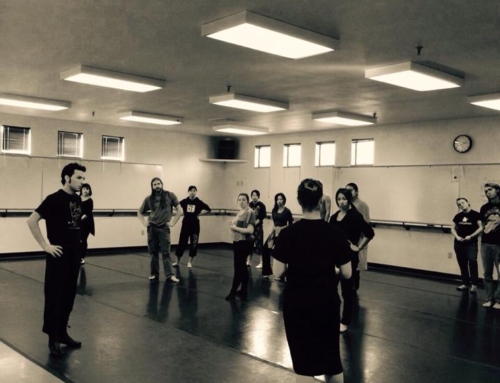
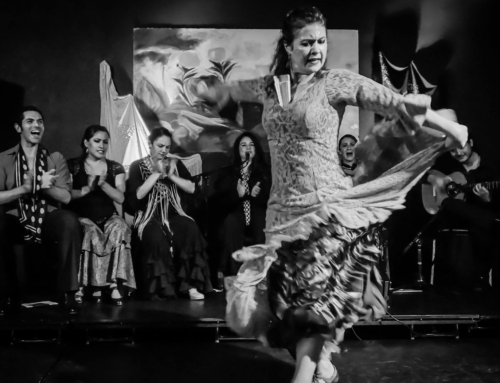



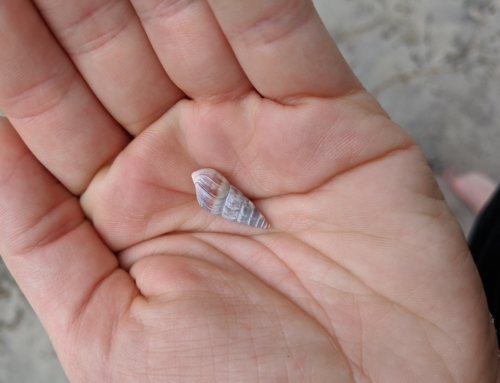
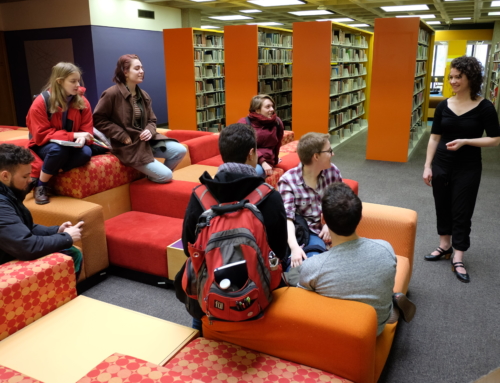
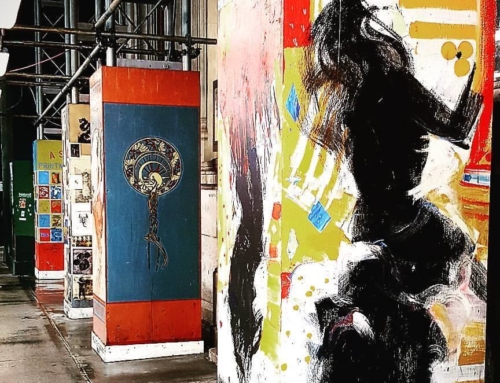
Leave A Comment